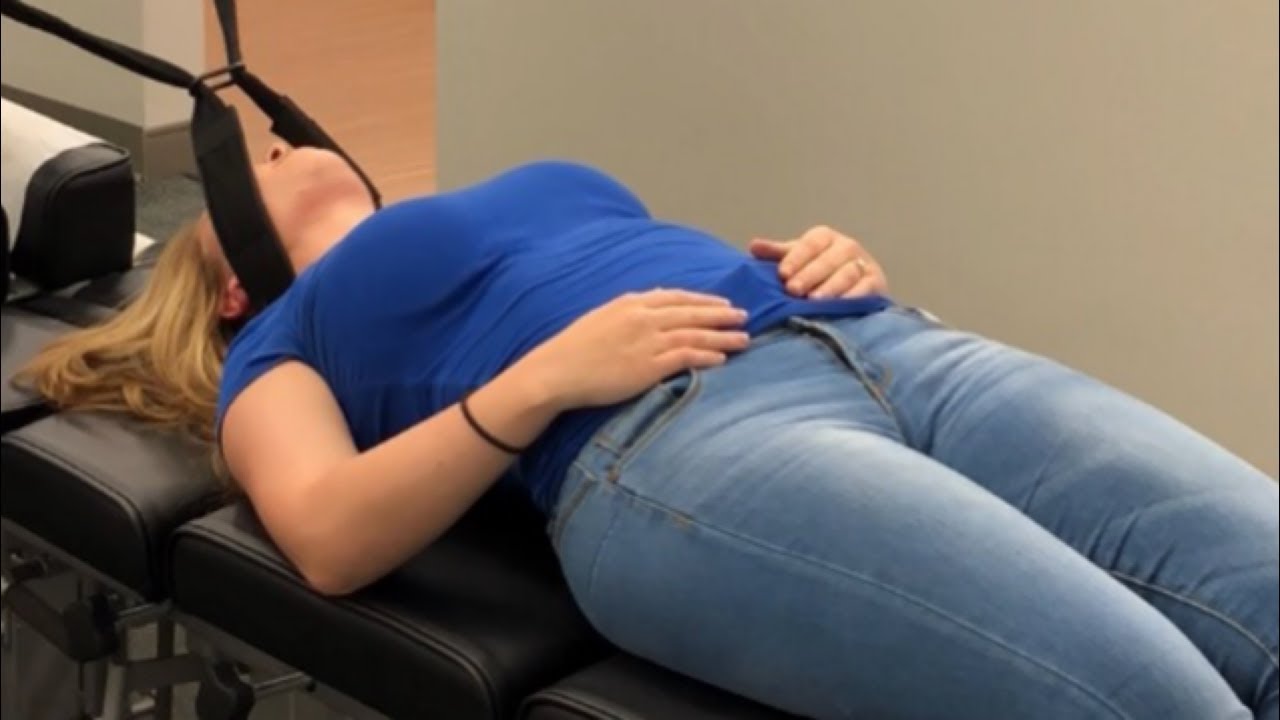Neck Pain
Yoga poses for flexibility that you can practice at home every day
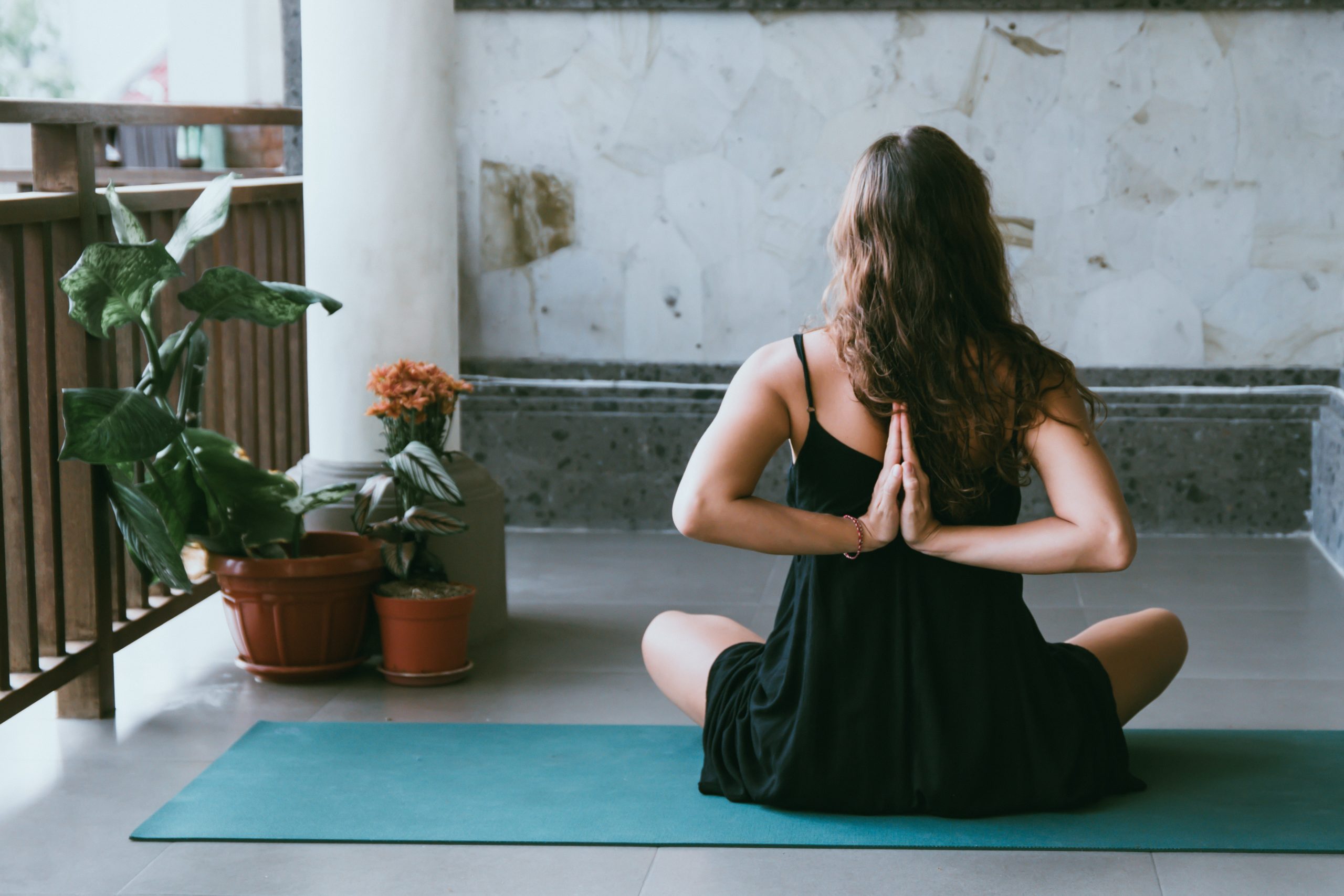
Right now, as we are trying to overcome life’s challenges, it is important to let the energy or “prana” flow efficiently through the body.
‘Prana’ is the vital life force that helps to optimize both voluntary and involuntary functions in our body and at the same time to increase our general well-being. And yoga helps the flow to purify the body and mind through chakras or energy centers. The Sanskrit word “yoga” means union and can be defined in such a way that the mind and body are brought into the present moment through the breath. On International Yoga Day on June 21st, you may be interested in learning some beginner-friendly and powerful yoga poses for flexibility that will help reduce anxiety and improve conscious body movement.
These eight invigorating yoga poses will help you combine your breath with exercise and guide you back into calming waters when the going gets tough.
Yoga Poses for Flexibility:
Anjaneyasana or crescent moon / deep lunge
(Photo credit: HFE & CO / Unsplash)
In the lunge-back pose, Anjaneyasana stretches the muscles of the hips, thighs, and quadriceps while opening the chest, shoulders, and torso. This pose is designed to keep you fresh and energetic throughout the day and to improve overall balance. If you are a beginner make sure to sit back slowly and try to hold this pose for 20 to 30 seconds before letting go.
Virabhadrasana I or Warrior 1
 (Image credit: Elly Fairtyale / Pexels)
(Image credit: Elly Fairtyale / Pexels)
Warrior 1 is a strength building and basic yoga pose that helps develop a strong core, strengthen leg muscles, and prepare for advanced postures like Warrior Pose 2 and Warrior Pose 3 lower and upper body. This will help you stretch and tone the muscles of your chest, shoulder, abdomen, and back.
Bhujangasana or Cobra
 (Photo credit: Katee Lue / Unsplash)
(Photo credit: Katee Lue / Unsplash)
The Cobra pose provides the much-needed stretch for the upper body to give the energy boost and increase mobility. The pose opens up the chest cavity and shoulders while increasing flexibility in the arms and groin as you move forward. This pose is great for relieving stress and opening your heart chakra.
Vrikshasana or tree pose
 (Photo credit: Márton Szalai / Unsplash)
(Photo credit: Márton Szalai / Unsplash)
The standing tree pose is one of the simplest yoga asanas to improve stability and the flow of energy throughout the body. The pose increases awareness while working on the core to coordinate the upper and lower body. If your body needs balance and stability, this pose should be tried out. Make sure to practice one side at a time.
Balasana or children’s pose
 (Photo credit: Katee Lue / Unsplash)
(Photo credit: Katee Lue / Unsplash)
The children’s pose is easy to perform and uses rhythmic breathing and movement to help supply your entire body with oxygen. This pose gently warms the spine and prepares you for advanced yoga postures. The restful pose helps in stretching your front torso including your shoulders, neck, spine and gently relieves stress, fatigue, back pain and neck pain.
Seated Garudasana or Eagle Pose
 (Photo credit: Erik Brolin / Unsplash)
(Photo credit: Erik Brolin / Unsplash)
Seated Eagle Pose is a great way to straighten your legs and hips, strengthen your core, and correct your posture. It’s great to relieve stress in the neck or head muscles, especially by sitting in front of the equipment for long periods of time. This beginner-friendly yoga pose can also be performed while standing. Hold your breath for a few seconds before releasing the pose.
Dandayamana Bharmanasana or balancing table posture
 (Photo credit: Marta Wave / Unsplash)
(Photo credit: Marta Wave / Unsplash)
Balancing Table Pose combines rhythmic movements with stretches to gently improve balance on each side of the body. This beginner-friendly yoga pose helps build core muscles, improves memory and focus, relieves fatigue, elongates the spine, and improves mindfulness. Make sure to flow gently between poses on each side.
Trikonasana or triangle pose
 (Photo credit: Alexy Almond / Pexels)
(Photo credit: Alexy Almond / Pexels)
Trikonasana or Triangle Pose helps open the chest cavity and opens the throat and heart chakras. It is one of the best yoga poses for flexibility to improve physical and mental balance while strengthening upper and lower body muscles such as legs, knees, chest, shoulders, arms, spine, calves, and hamstrings. The pose helps relieve stress, menopause symptoms, neck pain, sciatica, and anxiety. Be sure to keep your eyes open to keep your balance throughout the pose.
(Main picture credit: Avrielle Suleiman / Unsplash)
This story first appeared on Lifestyle Asia Bangkok.
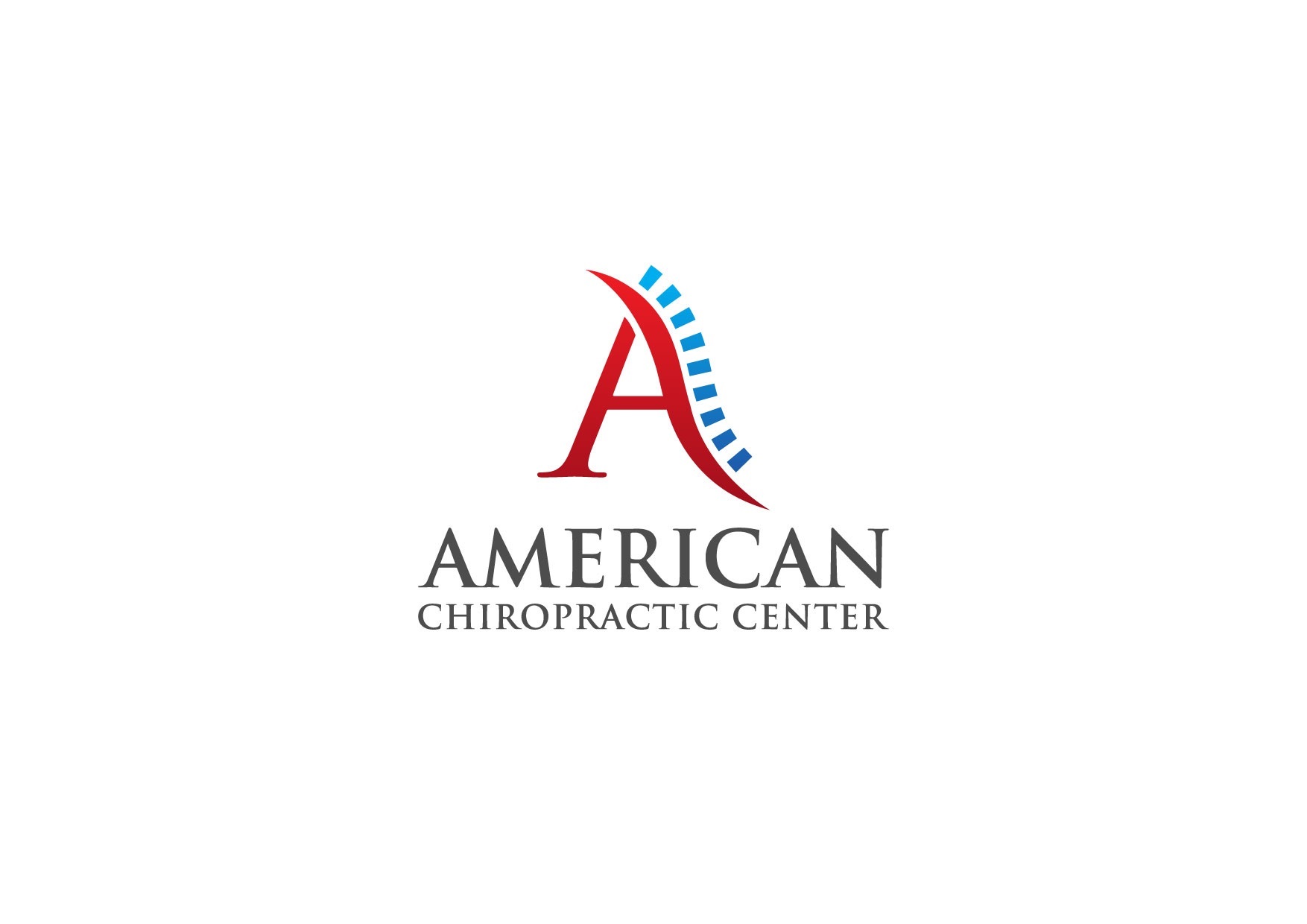
We understand how important it is to choose a chiropractor that is right for you. It is our belief that educating our patients is a very important part of the success we see in our offices.
Neck Pain
Re: Chronic Pain: Management focuses on the individual, not the pain.
Dear Editor
Chronic pain management focuses on the individual, not the pain.
I am very pleased with the review by Kang and colleagues [1]. I write as a spinal pain specialist whose patients had an average episode duration of pain pain of 2.5 years [2] for low back pain and 1.3 years for neck pain [3]. These studies confirm that Kang et. al. noted the significant extent of spinal and extraspinal pain, sleep disturbance, and psychological distress. I also recognize the ‘heartsinks’ who have seen many consultants for a variety of complaints, and those with hypersensitivity. I do accept that some patients need further investigations, but it can be done in a way that does not cause further anxiety. To ensure that intensive rehabilitation is not contraindicated. By showing a genuine interest in the family, job and interests of the individual, you can begin to build confidence and hope for the clinical path being recommended.
The review ignores trauma’s effects on some people, causing their pain to begin, and for others, a major factor. Thirteen percent of patients with neck pain who presented to my clinics had a traumatic origin with a missed break and significant psychological comorbidity. Subsequently, it became clear that post-traumatic distress (PTPD), [a term used because post-traumatic stress may require specialist knowledge for diagnosis] can be present in rheumatological practices [4] and with the increasing influx of refugees in the UK [5], more patients are being diagnosed with PTPD. This can have major effects on families [5]. PTPD is commonly seen in medicolegal situations where accidents have caused major destruction to the lives of individuals and their families, including divorce [6]; and is often associated mood disturbances [6].
Kang et. al. correctly mention that sleep disorders are important in the management chronic pain [1], however, two important aspects of a’sleep story’ must be identified. It is important to ask the individual what they are thinking about when they lie awake in bed at night. This may provide clues as to social or family stress. Second, you should ask about their nightmares and dreams, especially if they are unpleasant. These often involve reliving trauma or accidents. When asked about nightmares, people who deny any unpleasant memories during direct questioning may reveal clues. The presence of PTPD can be important because it opens up therapeutic opportunities with psychological support and medications.
My experience in rehabilitation medicine over the years has taught me that to fully assist our disadvantaged clients, social issues must be resolved before psychological issues, and psychological issues must be resolved before physical issues!
References
1. Kang Y et. al., Chronic Pain: Definitions and Diagnosis. BMJ (Clinical Research ed. ), 2023. 381: p. e076036.
2. Frank A. et al. A cross-sectional study of the clinical and psychosocial features of low back injury and the resulting work handicap: Use of the Quebec Task Force Classification. Int J Clin Pract, 2000; 54(10) p. 639-644.
3. Frank A, De Souza L and Frank C. Neck Pain and Disability: A Cross-sectional Survey of the Demographic and Clinical Characteristics of Neck Pain Seen in a Rheumatology Clinic. Int J Clin Pract 2005; 59(doi: 10.1111/j.1742-1241.2004.00237.x): p. 173-182.
4. McCarthy J. and Frank A. Posttraumatic psychological distress can present in rheumatology. BMJ 2002. 325(27 July): p. 221-221.
5. Frank A. Refugee status: a yellow-flag in managing back pain. BMJ 2007;334(13 Jan): p.58-58.
6. Frank A. Psychiatric effects of road traffic accidents: often disabling, and not recognised (letter). BMJ 1993, 307(13th Nov): p.1283.

We understand how important it is to choose a chiropractor that is right for you. It is our belief that educating our patients is a very important part of the success we see in our offices.
Neck Pain
Landmark Trial: Opioids No Better Than Placebo for Back Pain
The first randomized controlled study testing the efficacy of a short course opioids for acute nonspecific neck/low back pain suggests that opioids do not relieve acute neck or low back pain in the short-term and can lead to worse outcomes over the long-term.
After 6 weeks there was no significant difference between the pain scores of patients taking opioids and those who took a placebo. After one year, the pain scores of patients who received placebos were slightly lower. After 1 year, opioid users were also at a higher risk of opioid abuse.
Senior author Christine Lin, Ph.D., from the University of Sydney told Medscape Medical News that this is a “landmark trial” with “practice changing” results.
Lin explained that “we did not have any good evidence before this trial on whether opioids are effective for acute neck or low back pain, but opioids are one of the most commonly prescribed medicines for these conditions.”
Lin stated that based on these results “opioids shouldn’t be recommended at any time for acute neck and low back pain,”
The results of the OPAL study have been published online in The Lancet on June 28.
Rigorous Test
The trial was conducted at 157 primary care and emergency departments in Australia, with 347 adults who experienced low back pain or neck pain for 12 weeks or less.
They were randomly allocated (1:1) to receive guideline-recommended care (reassurance and advice to stay active) plus an opioid (oxycodone up to 20 mg daily) or identical placebo for up to 6 weeks. Naloxone is given to prevent opioid-induced constipation, and to improve blinding.
The primary outcome was the pain severity at six weeks, as measured by the pain severity subscale (10-point scale) of the Brief Pain Inventory.
After 6 weeks of opioid therapy, there was no difference between placebo and opioid therapy in terms of pain relief or functional improvement.
The mean pain score was 2.78 for the opioid group at 6 weeks, compared to 2.25 for the placebo group. (Adjusted median difference, 0.53, 95% CI -0.00 – 1.07, P=.051). At 1 year, the mean pain scores of the placebo group were lower than those of the opioid group (1.8 and 2.4).
The risk of opioid misuse was doubled at 1 year for patients randomly assigned to receive opioid therapy during 6 weeks as compared to those randomly assigned to receive placebo during 6 weeks.
At 1 year, the Current Opioid Use Measure (COMM), a scale that measures current drug-related behavior, indicated that 24 (20%) patients from 123 patients who received opioids, were at risk for misuse. This was compared to 13 (10%) patients from 128 patients in a placebo group ( p =.049). The COMM is a widely-used measure of current aberrant drug related behavior among chronic pain patients who are prescribed opioid therapy.
Results Raise “Serious Questions”
Lin told Medscape Medical News that “I think the findings of the research will need to be distributed to doctors and patients so they receive the latest evidence on opioids.”
“We must reassure doctors and their patients that the majority of people with acute neck and low back pain recover well over time (normally within 6 weeks). Therefore, management is simple – stay active, avoid bed rest and, if needed, use a heat pack to relieve short term pain. Consider anti-inflammatory drugs if drugs are needed,” Lin added.
The authors of the linked comment state that the OPAL trial raises serious questions regarding the use of opioids for acute neck and low back pain.
Mark Sullivan, MD PhD, and Jane Ballantyne MD, from the University of Washington in Seattle, note that clinical guidelines recommend opioids to patients with acute neck and back pain when other drugs fail or are contraindicated.
As many as two thirds of patients may receive an opioid for back or neck pain. Sullivan and Ballantyne say that it is time to reexamine these guidelines.
The National Health and Medical Research Council (NHMRC), the University of Sydney Faculty of Medicine and Health (University of Sydney Faculty of Medicine and Health) and SafeWork SA funded the OPAL study. The authors of the study have not disclosed any relevant financial relationships. Sullivan and Ballantyne have served as board members of Physicians for Responsible Opioid Prescribing (unpaid), and paid consultants for opioid litigation.
Lancet. Online published June 28, 2023. Abstract
Join us on Facebook or Twitter for more Medscape Neurology News.

We understand how important it is to choose a chiropractor that is right for you. It is our belief that educating our patients is a very important part of the success we see in our offices.
Neck Pain
‘I tried acupuncture for back and neck pain even though I’m afraid of needles–and it’s literally the only thing that’s ever worked’

We understand how important it is to choose a chiropractor that is right for you. It is our belief that educating our patients is a very important part of the success we see in our offices.
-
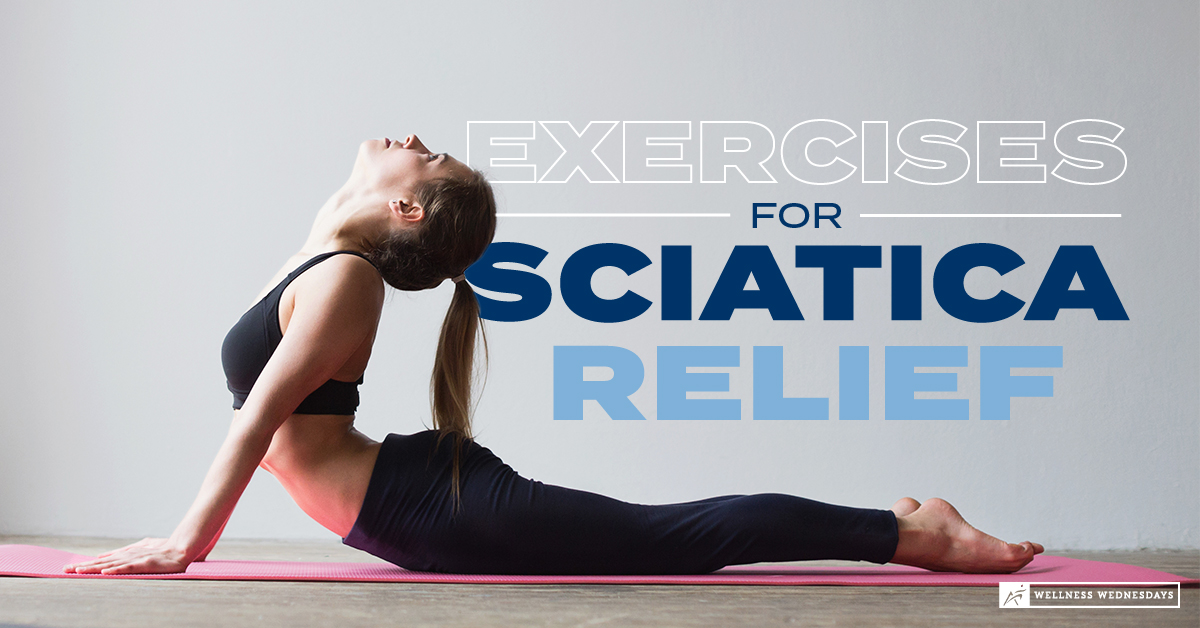
 Sciatica3 years ago
Sciatica3 years agoSciatica exercises pictures – Best Exercises For Sciatica Pain Relief
-
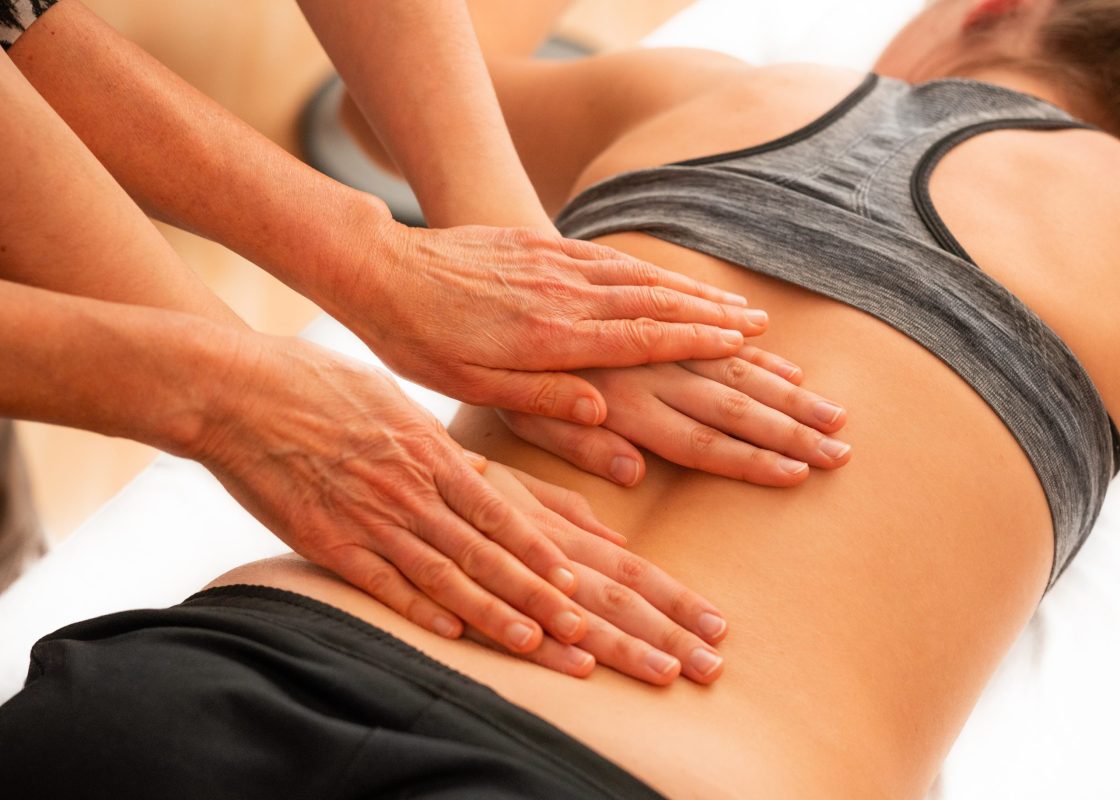
 Sciatica4 years ago
Sciatica4 years ago10 Piriformis Stretches to Alleviate Sciatica, Hip, and Lower Back Pain
-
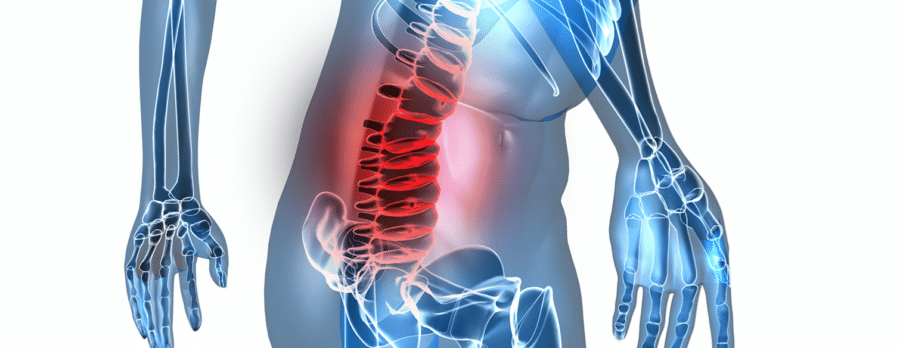
 Sciatica4 years ago
Sciatica4 years agoCan your sciatic nerve cause abdominal pain
-
Chiropractor Near Me9 years ago
The best ways to Find the very best Chiropractor Near Me?
-

 Sciatica3 years ago
Sciatica3 years ago5 Best Cream for Sciatica Pain
-
Chiropractor Near Me9 years ago
Looking for a Chiropractor In My Area?
-

 Sciatica4 years ago
Sciatica4 years agoHow to Sleep with Lower Back Pain and Sciatica Nerve Pain Relief At Night
-

 Sciatica4 years ago
Sciatica4 years agoAcupressure points for sciatica












